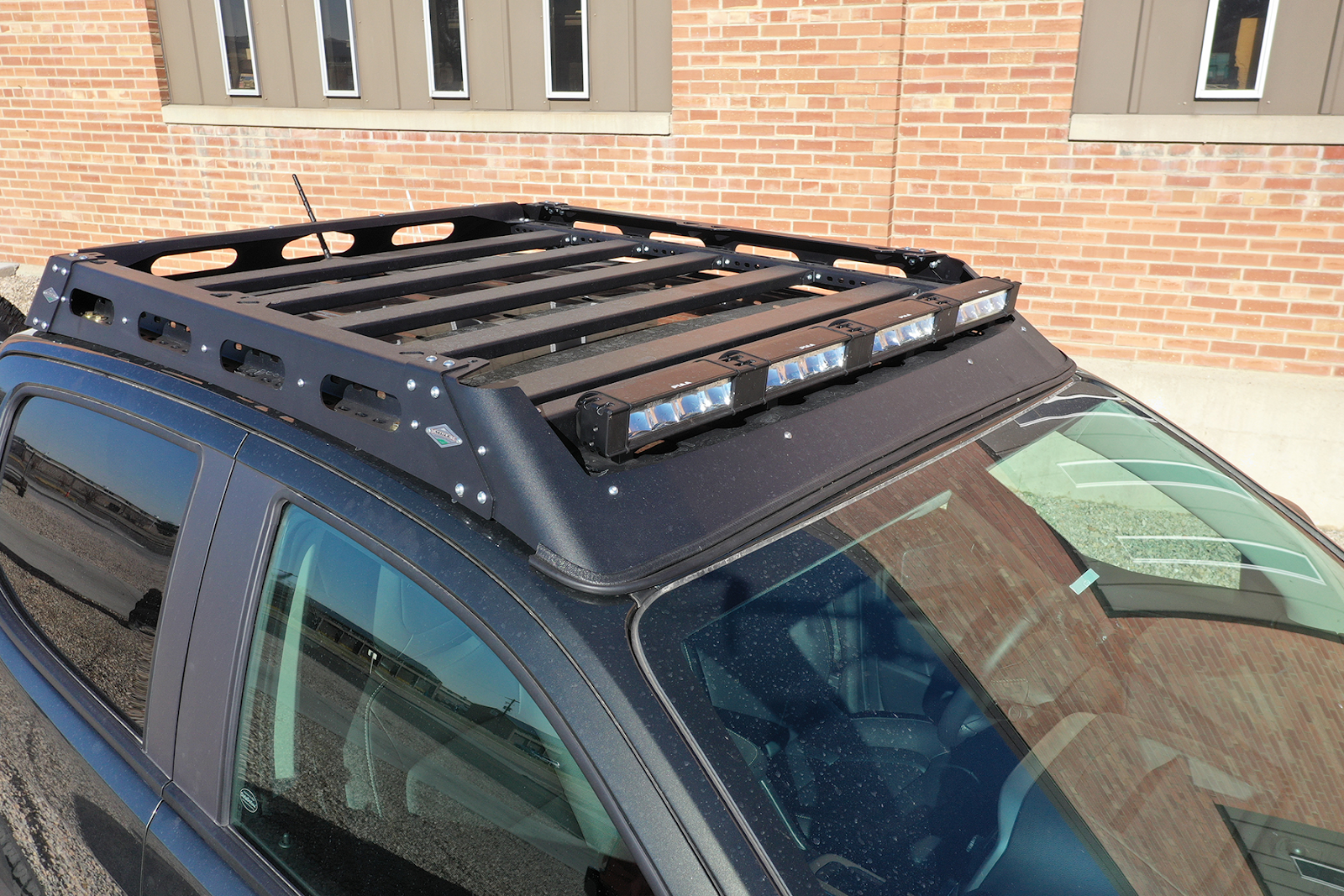Before delving into the nitty-gritty details, let’s understand the importance of proper kayak transportation. Whether you’re an avid kayaker or a beginner, knowing how to transport your kayak safely is crucial for its longevity and your safety.
Different Methods of Kayak Transportation
There are several ways to transport your kayak, each with its own advantages and considerations:
Roof Rack System
A roof rack system is a popular choice for kayak enthusiasts. It involves securing your kayak on the roof of your vehicle using specialized racks. This method is versatile and suitable for various vehicle types.
Hitch-Mounted Rack
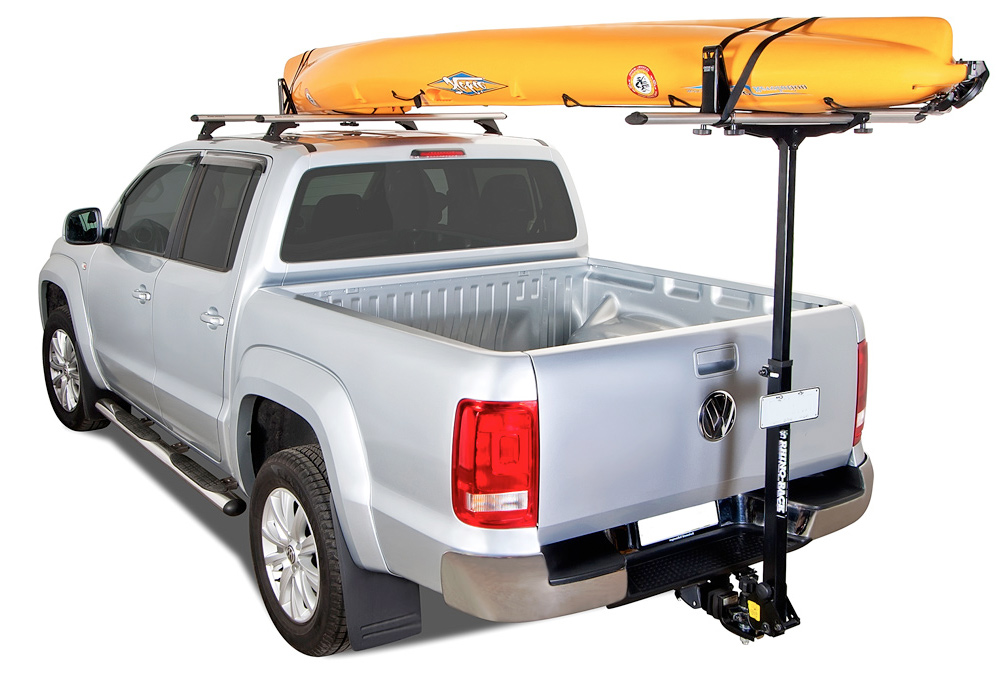
Ideal for larger kayaks, a hitch-mounted rack attaches to your vehicle’s hitch receiver. It offers convenience and ease of loading and unloading.
Kayak Trailers
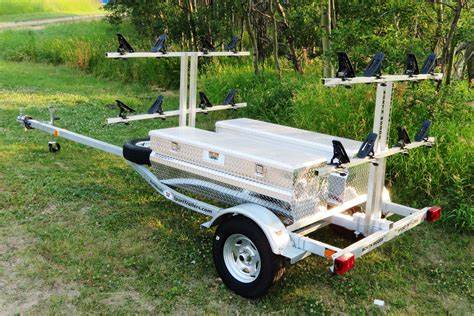
Kayak trailers are perfect for transporting multiple kayaks or longer distances. They provide ample space for gear and can be easily customized.
Proper Securing Techniques
Ensuring your kayak is securely fastened is paramount to prevent accidents on the road. Here are essential steps to follow:
Use High-Quality Straps
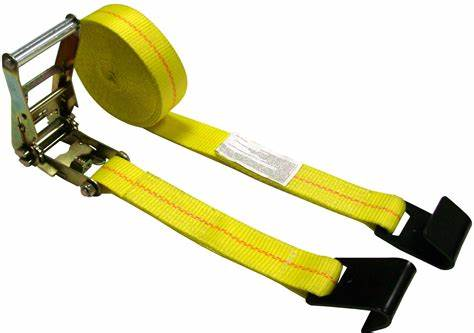
Invest in sturdy and high-quality straps to secure your kayak. Ratchet straps are preferable due to their reliability.
Positioning on the Roof
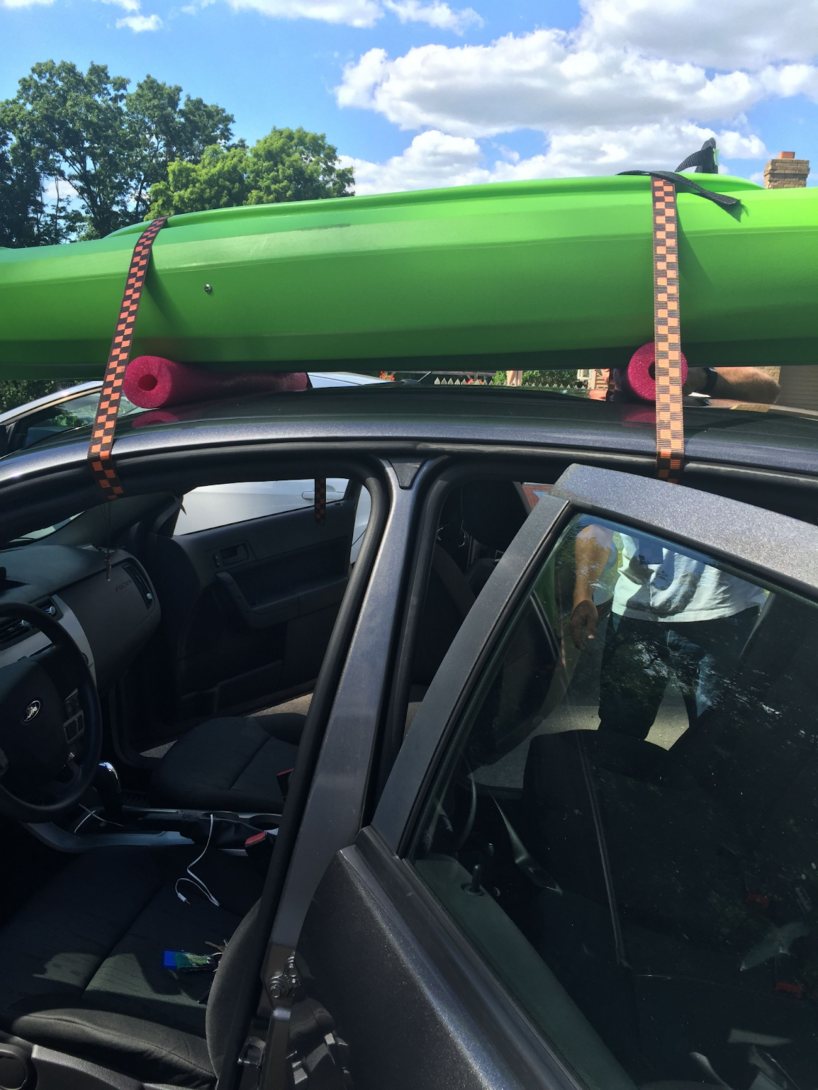
Place your kayak upside down on the roof racks to distribute the weight evenly. Secure it tightly to prevent any wobbling.
Bow and Stern Lines
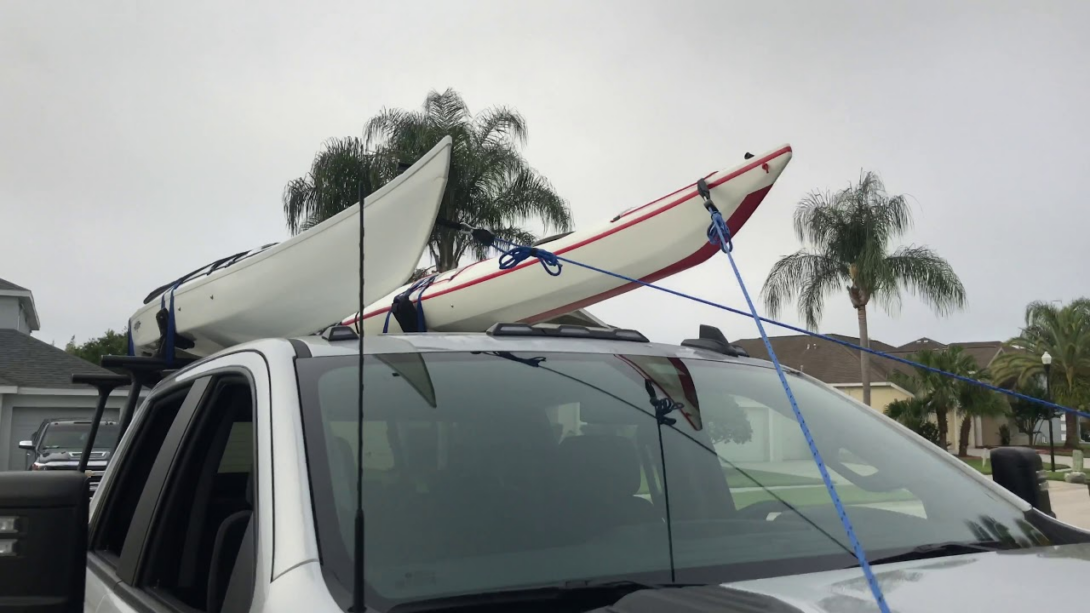
Attach bow and stern lines to prevent your kayak from shifting forward or backward during transit.
Kayak Transportation Tips
Transporting a kayak involves more than just strapping it down. Here are some expert tips to ensure a smooth journey:
Clear Your Path
Remove any accessories or loose items from your kayak before transportation. This reduces the risk of them falling off during the trip.
Padding and Protection
Use foam padding or pool noodles to protect your kayak’s hull and minimize friction between the kayak and the roof.
Check Regulations
Research local regulations and laws regarding kayak transportation. Some areas might have specific guidelines you need to follow.
Pros and Cons of Different Transportation Methods
| Method | Pros | Cons |
|---|---|---|
| Roof Rack System | Versatile, fits various vehicle types | Wind resistance, may require lifting |
| Hitch-Mounted Rack | Easy loading/unloading, suitable for large kayaks | Limited access to the trunk |
| Kayak Trailers | Spacious, convenient for multiple kayaks | Requires storage space, higher cost |
DIY: Building Your Kayak Rack
If you’re a DIY enthusiast, building your kayak rack can be a rewarding project. Here’s a basic guide to get you started:
Materials Needed:
– PVC pipes or lumber;
– Jigsaw or PVC cutter;
– Measuring tape;
– Drill and screws;
– Bungee cords or straps.
Steps:
1. Measure the length and width of your kayak;
2. Cut the PVC pipes or lumber accordingly to create the frame;
3. Assemble the frame using screws and secure it to your vehicle’s roof or trailer;
4. Attach bungee cords or straps to hold the kayak in place.
Kayak Transportation Safety Precautions
Safety should be your top priority when transporting your kayak. Follow these precautions to ensure a secure and incident-free journey:
- Inspect Your Equipment: Regularly check your roof racks, straps, and other securing mechanisms for signs of wear or damage;
- Tighten Straps During Stops: Check and tighten your straps during pit stops to ensure your kayak remains securely fastened;
- Avoid Overloading: Always adhere to the weight capacity of your vehicle and the transportation equipment to prevent strain or accidents;
- Watch for Wind Resistance: High winds can impact your kayak’s stability during transportation. Adjust your driving speed accordingly.
Loading and Unloading Techniques
The way you load and unload your kayak plays a significant role in its transportation. Here’s how to do it safely and efficiently:
- Loading: Position yourself on the opposite side of the kayak’s cockpit. Lift the kayak with your legs, not your back, and place it on the racks;
- Unloading: Reverse the loading process, ensuring you have assistance if needed. Slide the kayak down gently, avoiding sudden movements.
Seasonal Considerations
Different seasons can present unique challenges when transporting your kayak:
- Winter: Snow and ice accumulation can affect the securing mechanisms. Regularly remove snow and ice from your kayak and racks;
- Summer: High temperatures can cause straps to expand and become loose. Check and tighten your straps during summer trips.
Expert Insights: Kayak Transportation Dos and Don’ts
We reached out to seasoned kayakers for their dos and don’ts of kayak transportation:
- Do: Test your securing setup before embarking on a long journey;
- Do: Invest in bow and stern lines for added stability;
- Don’t: Rely solely on bungee cords or insufficient straps;
- Don’t: Forget to double-check your kayak’s position before hitting the road.
Road Trip Essentials Checklist
Ensure a smooth and stress-free kayak transportation experience with this handy checklist:
- Kayak and Paddle;
- Straps and Ratchet Straps;
- Bow and Stern Lines;
- Roof Racks or Transportation Equipment;
- Foam Padding or Pool Noodles;
- Tools (if DIY rack is involved);
- Safety Gear (First Aid Kit, Reflective Vest);
- Local Regulations Research;
- Weather-Appropriate Clothing;
- Snacks and Water.
Pros and Cons of Kayak Transportation Accessories
Exploring accessories designed to enhance your kayak transportation process can help you make informed decisions:
- Kayak Cradles: Provides additional support and stability for your kayak;
- Hullavator Lift System: Assists in lifting and lowering your kayak, reducing strain;
- Padding Kits: Offers extra protection for both your kayak and your vehicle’s roof.
DIY Solution Spotlight: The Pool Noodle Trick
A cost-effective and simple solution for preventing scratches and damage during transportation:
- Materials Needed: Pool noodles, utility knife, duct tape;
- Steps: Cut the pool noodles to match the width of your kayak, then slice them lengthwise. Attach them to the roof rack using duct tape.
Kayak Transportation for Tandem Kayaks
Tandem kayaks require special considerations due to their larger size and weight. Here’s how to transport them safely:
- Choose a Sturdy Method: Opt for a roof rack system or a sturdy trailer capable of handling the extra weight;
- Secure Tightly: Ensure both kayaks are properly secured to prevent shifting during transit.
Essential Knots for Kayak Transportation
Knowing how to tie reliable knots is vital for securing your kayak. Master these two knots:
- Bowline Knot: Creates a secure loop that won’t slip when securing your kayak to the roof rack;
- Trucker’s Hitch: Provides excellent tension for tightening your straps.
Avoiding Common Mistakes
Learn from the experiences of others to avoid these common mistakes during kayak transportation:
- Underestimating Wind Resistance: Secure your kayak with wind in mind to prevent it from lifting or shifting;
- Ignoring Weight Limits: Overloading your vehicle or racks can lead to damage and accidents.
Eco-Friendly Transportation Practices
As responsible kayakers, it’s essential to consider the environment while transporting your kayak. Here’s how you can minimize your carbon footprint:
- Carpooling: Share rides with fellow kayakers to reduce the number of vehicles on the road;
- Efficient Routes: Plan your route to minimize travel distance and fuel consumption;
- Reduce Speed: Driving at moderate speeds improves fuel efficiency and reduces emissions.
Securing Unconventional Kayak Types
If you own specialized kayak types such as fishing kayaks or pedal-driven kayaks, follow these additional steps to ensure secure transportation:
- Fishing Kayaks: Remove fishing gear, secure rod holders, and detach accessories before transport;
- Pedal-Driven Kayaks: Secure pedal mechanisms and ensure they are locked in place.
Overcoming Common Roof Rack Challenges
Roof racks provide a convenient solution, but they come with challenges. Here’s how to overcome them:
- Lifting Difficulty: Use a step stool or platform to make lifting your kayak onto the roof easier;
- Wind Noise: Add wind fairings to your roof racks to reduce noise and improve fuel efficiency.
Winterization for Kayak Transportation
In cold climates, proper winterization is crucial for maintaining your kayak’s integrity during transportation:
- Remove Excess Water: Drain all water from your kayak to prevent freezing and potential damage;
- Protect Hinges and Joints: Apply lubricant to hinges and joints to prevent freezing and rust.
Kayak Transportation Etiquette
Practicing proper etiquette ensures a harmonious experience for all road users:
- Secure Properly: Prevent debris from falling onto the road and causing hazards for other drivers;
- Safe Loading Areas: Choose safe and designated areas for loading and unloading your kayak.
Solo vs. Group Transportation
Whether you’re transporting your kayak alone or with a group, each scenario has its considerations:
- Solo Transportation: Take your time to double-check your setup, and consider enlisting a friend for assistance;
- Group Transportation: Coordinate with your group to ensure everyone’s kayaks are properly secured.
Hybrid Vehicle Considerations
Transporting a kayak using a hybrid or electric vehicle comes with its own set of considerations:
- Weight Limits: Check your vehicle’s weight limits and roof load capacity before transporting your kayak;
- Battery Drain: Monitor your vehicle’s battery level if using electronic roof racks or lift systems.
Beyond Road Trips: Air Travel with a Kayak
If you’re planning a kayaking adventure in a distant location, consider these tips for flying with your kayak:
- Check Airline Policies: Research and adhere to airline guidelines for transporting kayaks;
- Use Protective Packaging: Invest in a sturdy travel bag or case to protect your kayak during air travel.
Storing Transportation Equipment
Properly storing your transportation equipment ensures longevity and reliability:
- Rinse and Dry: After each trip, rinse saltwater or debris from your straps, racks, and accessories. Allow them to dry before storing;
- Inspect Regularly: Check your transportation equipment for signs of wear or damage, and replace as needed.
Evolving Technology in Kayak Transportation
Stay updated on innovative technologies that can enhance your kayak transportation experience:
- Automatic Roof Racks: Some vehicles come equipped with automated roof racks that streamline loading and unloading;
- Smart Straps: New strap designs with integrated tension indicators ensure consistent and safe securing.
Conclusion
Mastering the art of kayak transportation is essential for any paddling adventure. By choosing the right method, employing proper securing techniques, and following expert tips, you can ensure your kayak reaches its destination safely and securely.
FAQs
Absolutely. Placing your kayak upside down on roof racks not only distributes the weight evenly but also protects the hull from potential damage.
Yes, hitch-mounted racks are designed to accommodate multiple kayaks. Just ensure that you follow the weight capacity and securing guidelines.
Yes, it’s essential to research and adhere to local regulations and guidelines for safe and legal kayak transportation.
While regular straps can be used, it’s recommended to invest in high-quality ratchet straps for better reliability and security.
Kayak trailers provide ample space for multiple kayaks and gear, making them suitable for longer trips or transporting multiple watercraft.



